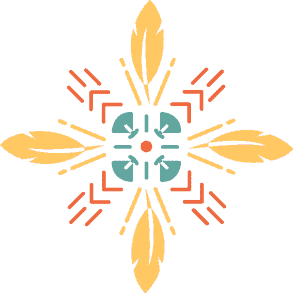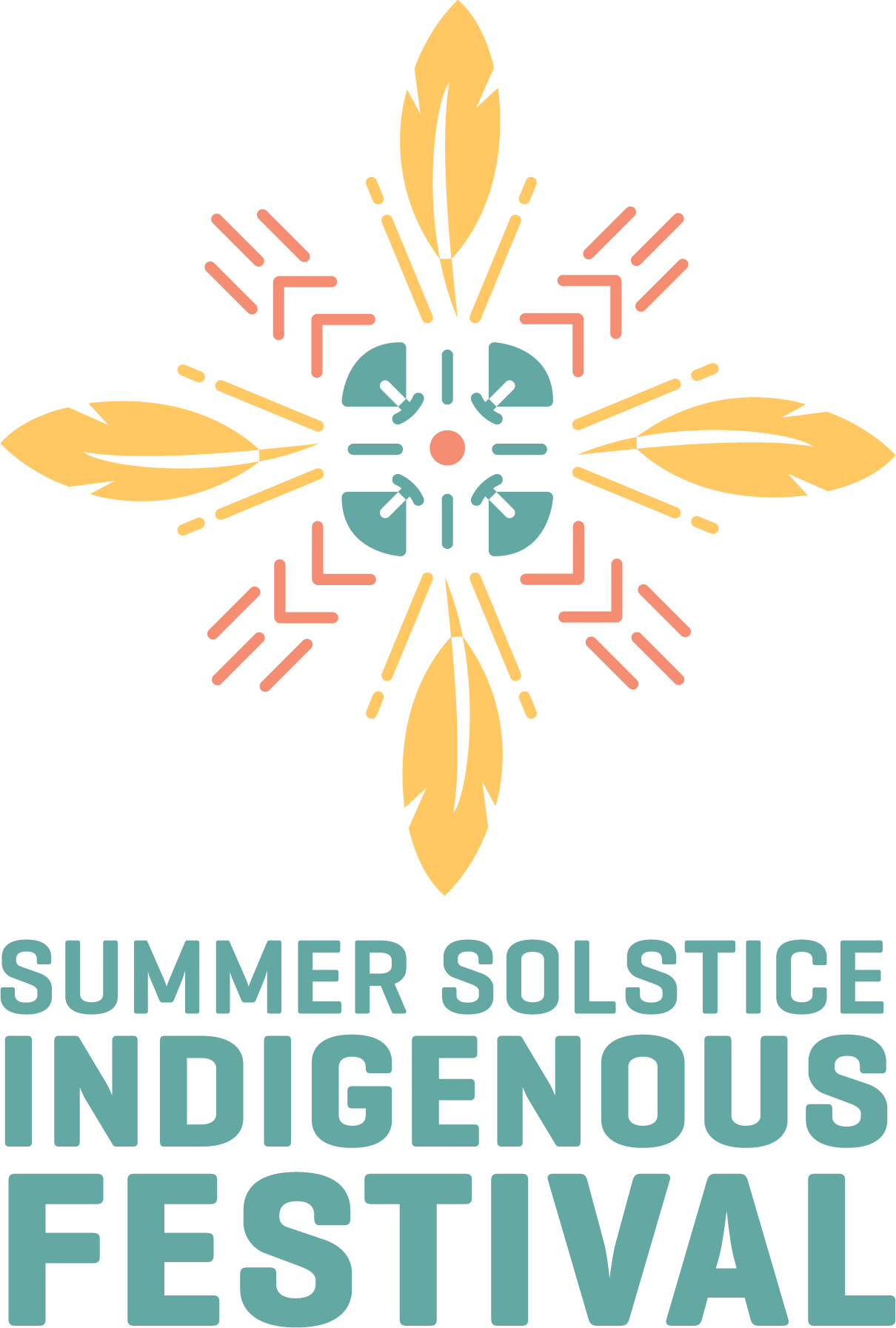LOCATION
Wesley Clover Parks, located in Ottawa’s west end near Highways 416 and 417, is easily accessible by car and public transit, with ample onsite parking and camping grounds. Spanning nearly 500 acres, the park features tree-lined areas, open fields, and a 10,000-square-foot covered pavilion, making it an ideal venue for the festival. Its flexibility ensures a perfect setting for the International Competition Pow Wow, rain or shine.
Subscribe
sign up to stay in the know
CELEBRATE
INDIGENOUS CULTURE & HERITAGE
The Summer Solstice Indigenous Festival (SSIF) is an annual multi-disciplinary arts festival that brings together Indigenous artists, performers, educators, students, and community members to share knowledge, foster understanding, and celebrate the richness of Canada’s Indigenous cultures.
Founded in Ottawa in 1996, SSIF is held each June during National Indigenous History Month and coincides with National Indigenous Peoples Day (NIPD) on June 21 — a national occasion recognizing the heritage, diverse cultures, and outstanding achievements of First Nations, Inuit, and Métis peoples.
Also known as the Summer Solstice, June 21 marks the longest day of the year and has long been a time of cultural significance and celebration for Indigenous peoples around the world.
Produced by Indigenous Experiences on behalf of the National Indigenous Peoples Day Committee (NIPD) — a coalition of national organizations representing Indigenous communities across Canada — the festival has, for over twenty years, provided meaningful opportunities for Canadians to come together in the National Capital Region to honor, experience, and celebrate Indigenous culture, art, and contributions.

a closer look at our logo
Our logo, resembling the sun, is composed of unique imagery from the Métis, Inuit & First Nations communities coming together in Ottawa to celebrate National Aboriginal Day at Summer Solstice Indigenous Festival.

Our Colours
The brand colour scheme was taken from an image of a sunset on a Summer solstice and were chosen for warmth, energy and joy.

Inuit Ulu
This shape represents Inuit culture by symbolizing an all-purpose knife traditionally used by Inuit people.

Métis Finger Weaving
Symbolizing light rays as well as Métis finger weaving, this element represents Métis people.

First Nations Feather
A symbol that represents the numerous First Nations people in Canada.

Light Rays
Emphasizing light, sun, and celebration.






